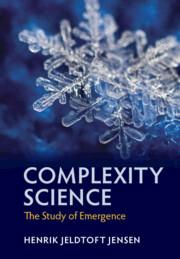Consider a population consisting of individuals that are either of opinion A or opinion B. Initially the
Question:
Consider a population consisting of individuals that are either of opinion A or opinion B. Initially the entire population is of opinion A. New information arrives, which is scrutinised by everyone and after doing this, each individual changes their opinion from A to B with probability p. Each individual has qc neighbours.
(a) Let P∞ denote the probability that a randomly chosen person belongs to an infinite (system-spanning) cluster of B individuals. Determine in mean field the value pc of p at which P∞ becomes non-zero.
(b) Determine the mean-field exponent, β, describing the behaviour of P∞ ∝ (p−pc)β in the critical regime above pc.
Now assume that the population can be considered to live on a one-dimensional square lattice of infinite extent.
(c) Determine the probability, P(s), that a randomly chosen individual belongs to a B-cluster of size s.
(d) Determine the average size of clusters of B peoplewhen visiting clusters by choosing a person at random as done in (c).
(e) Determine the exponent γ which describes the behaviour of the average size of B-clusters as the critical value of p is approached.
Step by Step Answer:

Complexity Science The Study Of Emergence
ISBN: 9781108834766
1st Edition
Authors: Henrik Jeldtoft Jensen





